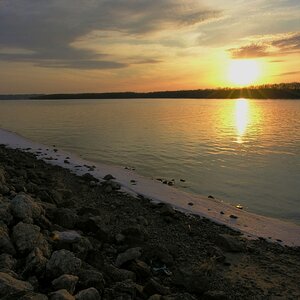KenC
Been spending a lot of time on here!
- Joined
- Jan 18, 2010
- Messages
- 5,700
- Reaction score
- 1,472
- Location
- Philadelphia
- Can others edit my Photos
- Photos NOT OK to edit
Another trick that will make this sort of noise in dark areas unnoticeable under any normal viewing conditions is based on the fact the noise is either much brighter than the dark area or much more highly colored. Decrease color saturation in the dark areas (excluding the lighter patches) and also use levels or curves just to knock down the highlights (again excluding the patches). This takes almost no time and works very well if the end product is not a large print or projection.


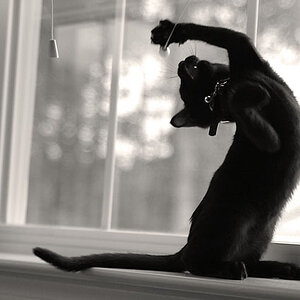
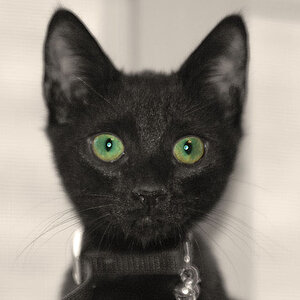
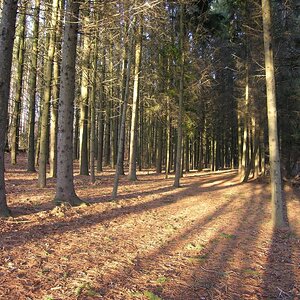
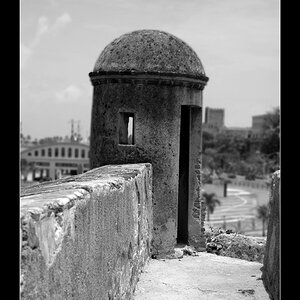
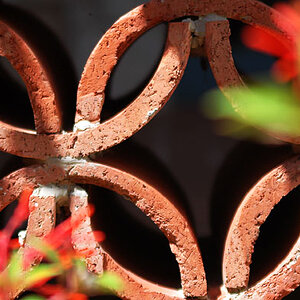
![[No title]](/data/xfmg/thumbnail/42/42460-80970c44cc9fb42dd0c86d08e7bc401d.jpg?1619740191)
![[No title]](/data/xfmg/thumbnail/42/42462-2adb6efc01a19638fca25cd3000f5575.jpg?1619740192)
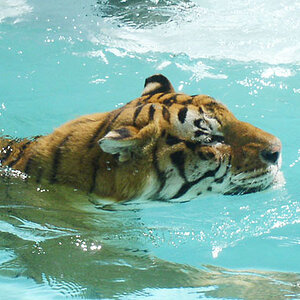
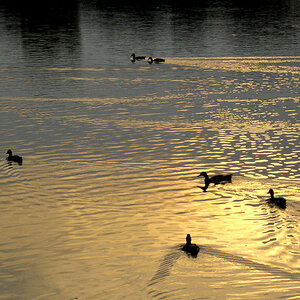
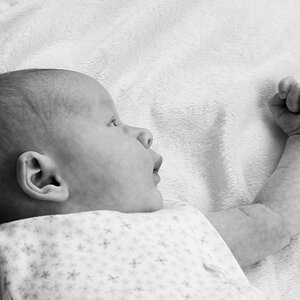
![[No title]](/data/xfmg/thumbnail/39/39429-cfa441056f1e6a1995539dc87c794876.jpg?1619739028)
